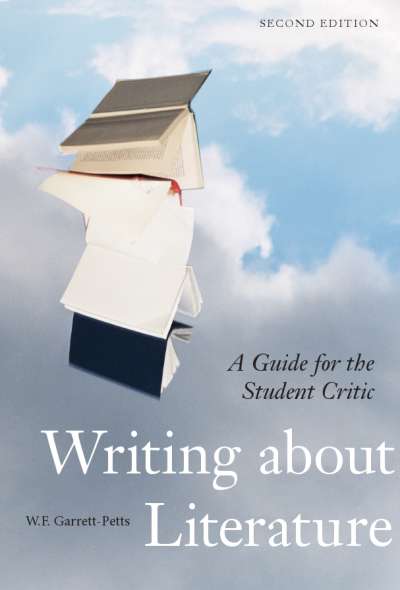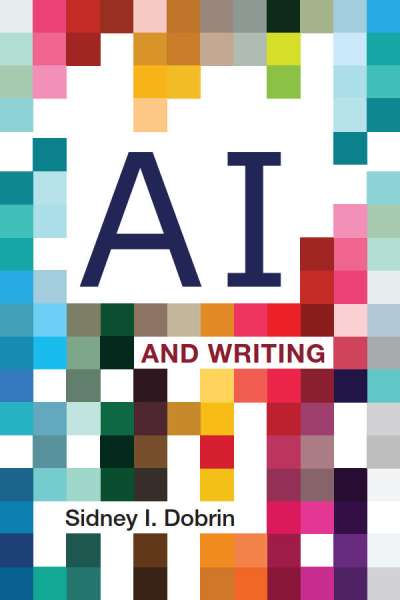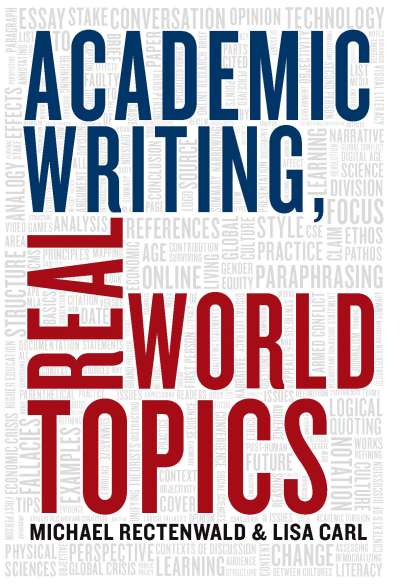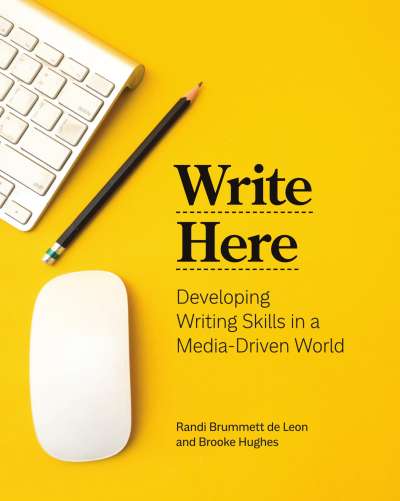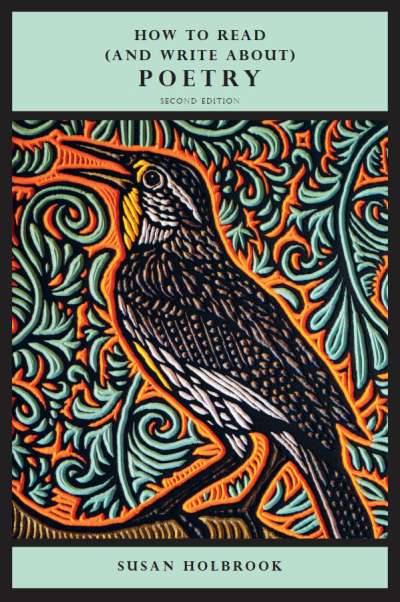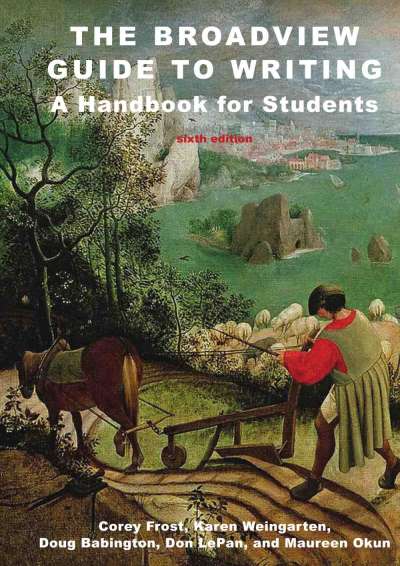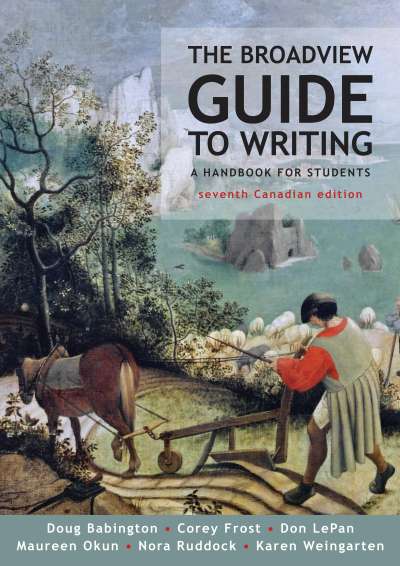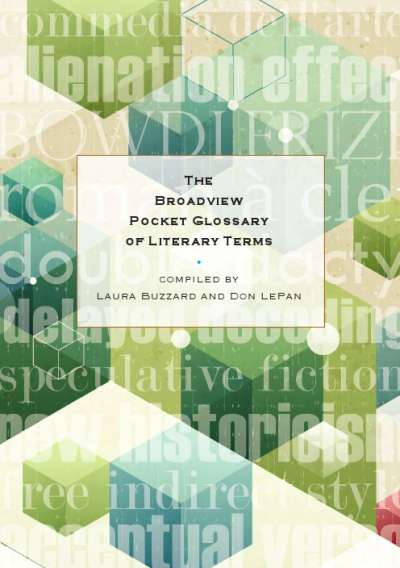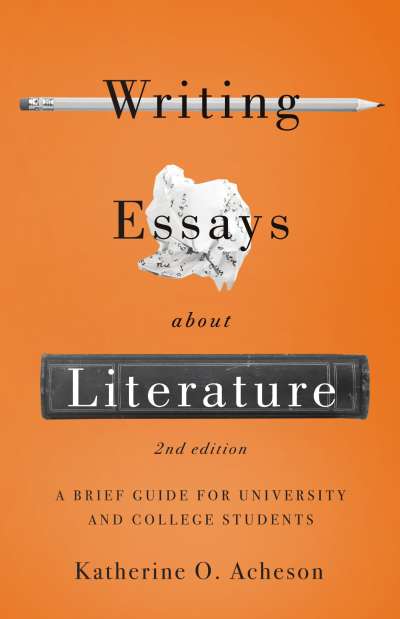What’s the best way to write a paper that analyzes a novel, a poem, a work of art, a film, or a set of historical documents? Writing on Fire focuses intensively on the fundamentals of writing college humanities papers. Each chapter offers tips, tricks, and templates that students won’t find anywhere else. The book speaks directly to young writers in language that’s fun and accessible, and is designed to work in the classroom, in the dorm room, or at the kitchen table—anywhere that writing work takes place.
Comments
“In Writing on Fire, Rachel Teukolsky asserts that real writing, by real humans, matters. Her wise and useful guide for college writers speaks to them as equal partners in the humanistic mission. If you are invested in what you write, she says, your writing will have the power to engage and change minds. Teukolsky’s tone is approachable, practical, and personal. With a light touch, she shows students that it is both possible and desirable to move beyond the reductive transaction of papers for grades. I’m looking forward to including this book in my undergraduate writing classes.” — Megan A. Stephan, University of California Los Angeles
“There are a lot of books out there that teach students how to analyze works of literature and how to write about them, but I know of none that are so focused on the practical details of the writing and revising process: from how to recognize patterns and generate ideas to how to write a thesis, organize a paragraph, and structure a larger argument—and finally, if necessary, how to blow it all up and start over. For the student, Teukolsky’s book will be like having your favorite teacher at your elbow, coaching you at every step of the way. For the instructor, it’s a Swiss Army knife, a resource for teaching courses in multiple genres, across the humanities, and at every level from introductory surveys to senior seminars.” — Brooke Conti, Cleveland State University


